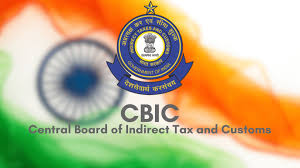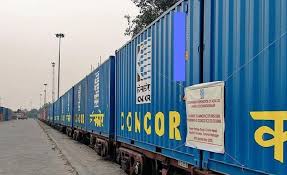The Indian Ports Act of 2025 replaces a 117-year-old colonial law, aligning India’s maritime sector with global standards and modern realities.

India’s new Ports Act finally replaces a century-old colonial framework
The story of the Indian Ports Act begins in 1908, a time when ports were seen less as engines of growth and more as revenue collection points for the colonial economy. Its roots go even deeper, tracing back to the 1855 Act 22, introduced by the East India Company to regulate ports and dues. Major ports like Calcutta, Madras, and Bombay became gateways for raw cotton exports and European trade. Managed by the Conservator of Ports, this framework detailed everything from harbour operations to dues and penalties, defining maritime governance for more than a century.
Post-Independence continuity
Surprisingly, India retained this colonial framework for seventy-eight years after independence. During this period, the maritime ecosystem transformed; new vessel technologies, private participation, and international conventions reshaped the sector. Yet, the law remained frozen in time. An attempt to modernise the Act was first made in 2011, but it was not until 2019 that the draft of a new bill gained momentum. By 2025, after revisions and stakeholder consultations, Parliament passed the new Act, now awaiting presidential assent.
Why reform was needed
Ports today are not just gateways for revenue but competitive service hubs. With the growth of privatisation, landlord models, and public-private partnerships, the dynamics have shifted drastically. India’s maritime network now comprises 12 major ports, 66 operational non-major ports, and over 217 notified ports spread across 7,500 kilometres of coastline. Coupled with multimodal transport, coastal shipping, and cruise tourism, ports must now be integrated into a larger logistics ecosystem. Clearly, the colonial lens of the 1908 law no longer sufficed.
A global perspective
The 21st-century maritime world is shaped by international conventions and sustainability standards. As a signatory to the International Maritime Organization (IMO) conventions, India must align with strict guidelines on safety, pollution control, and operational efficiency. Add to this the demands of digital transformation, advanced technologies, and the urgency of reducing logistics costs, and there was a pressing need for a unified legal and strategic framework that could support national-level planning.
What the new Act brings
The Indian Ports Act of 2025 addresses these needs with several landmark provisions. It establishes the National Maritime Development Council, a body with representation from both central and state governments to drive strategic port planning. It introduces a clear dispute-resolution system with appellate procedures, updates penalties to act as real deterrents, and incorporates IMO conventions on pollution prevention and safety. By doing so, it not only modernises the legal framework but also ensures Indian ports remain globally competitive.
A reform for the future
This reform is far more than a cosmetic update. It is not about “old wine in a new bottle” but about creating a new blend suited for today’s realities, where ports serve as the backbone of trade, innovation, and sustainability. The Indian Ports Act of 2025 finally gives India’s maritime sector a legislative framework as dynamic as the seas it governs.











